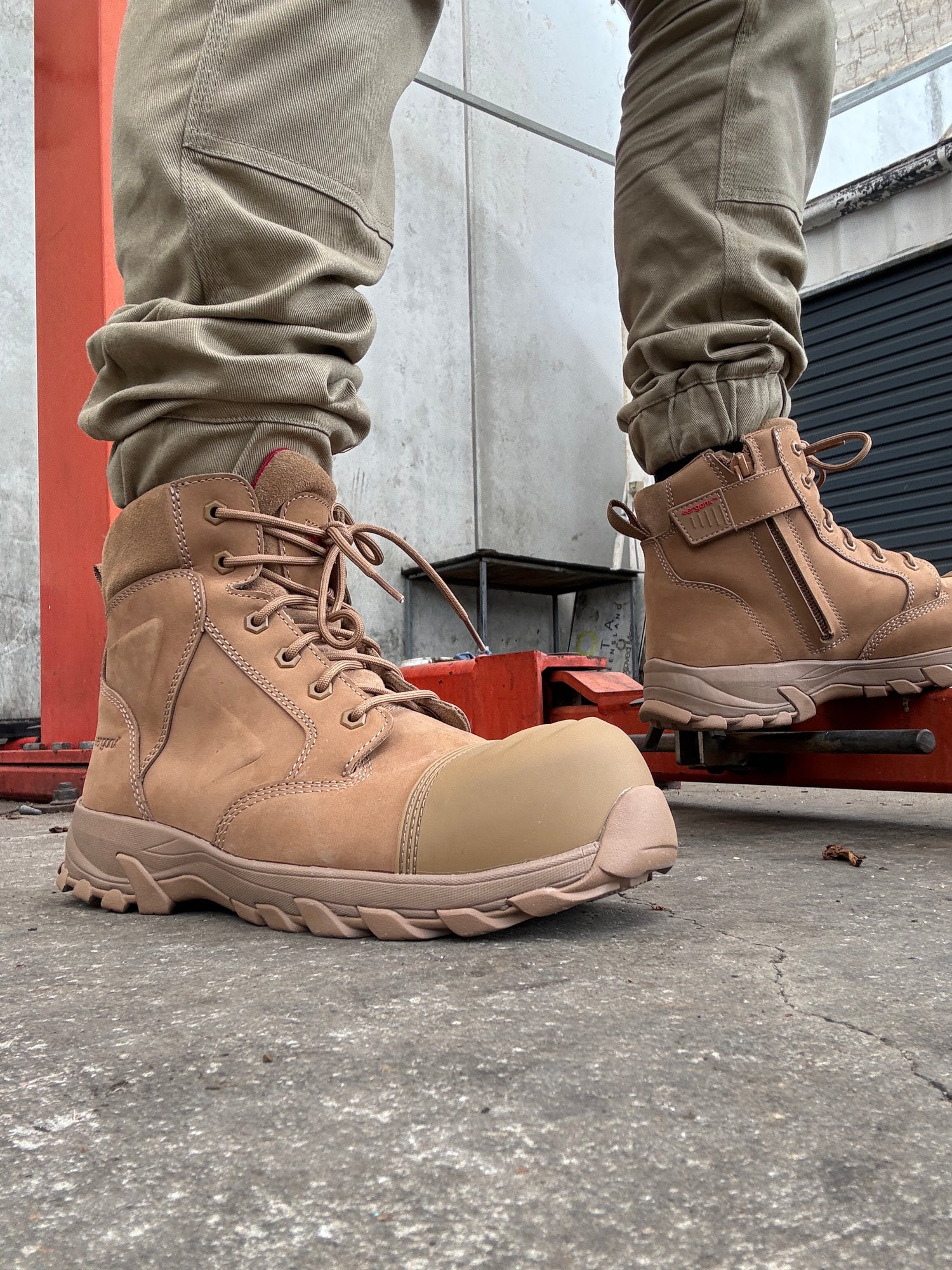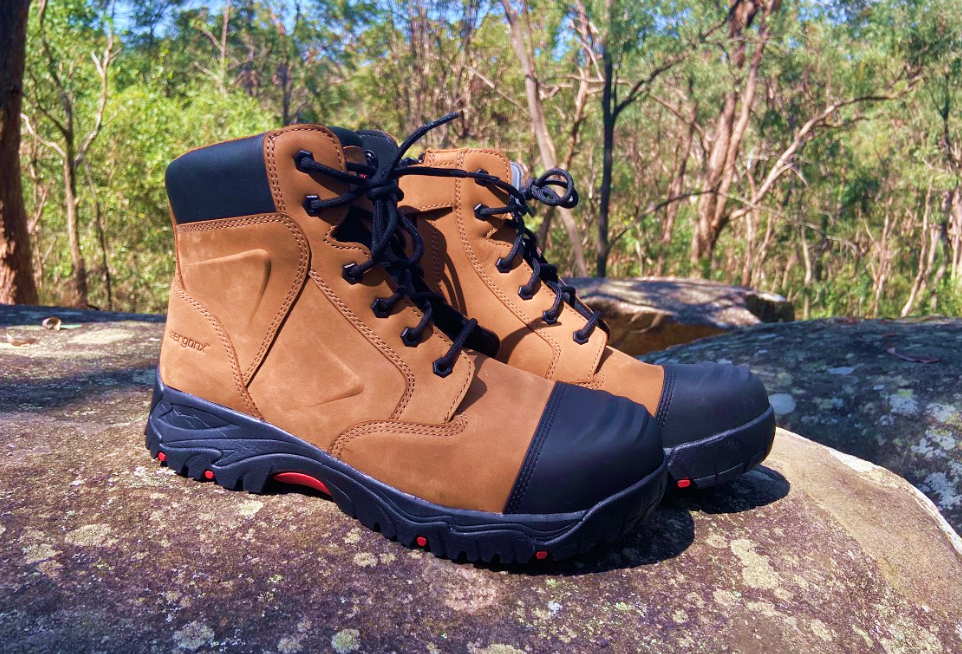What does the ankle do for us?
The ankle is responsible for bearing the weight of the body and acting as the pivoting point between the lower leg and the foot. One of its main roles is to maintain balance and stability during movement.
A complex network of ligaments, tendons, muscles, and joints work together to support the ankle. These structures also take part in providing shock absorption and preventing injury during physical activity.
The subtalar joint is a crucial component of the ankle, responsible for facilitating side-to-side movement and regulating the inward and outward rotation of the foot. Another key part of the ankle is the talocrural joint. It is essential to safeguard both the subtalar and talocrural joints to preserve the overall health and function of the ankle.
Work boots that support the ankles
Work boots that support the ankles are especially important for those who work in industries that require physical labour or those who spend long periods of time on their feet. Along with protecting the feet, work boots that stabilize the ankles offer additional benefits, such as preventing twists and reducing fatigue.
Below are several features to keep an eye out for when shopping for a pair of work boots that are ankle-friendly:
High ankle shafts: Safety boots with high ankle shafts that surround the ankles help prevent them from rolling or twisting excessively.
Adjustable lacing: A safety boot with laces allows for a customized and snug fit, ensuring that the ankle is held securely in place. Laces also make for a more comfortable shoe as it prevents the foot from slipping around inside the shoe. For the perfect fit, there should also be enough room in the toe box to wiggle your toes.
Built-in arch support: Built-in orthotics are designed to provide added arch support, cushioning, and correct foot misalignment. In addition to keeping your feet in a more neutral position (limiting excessive pronation), they can improve overall posture and help keep you pain-free throughout the day.

Level forefoot and rearfoot alignment: Forefoot and rearfoot alignment refer to the positioning of the front part of the foot relative to the heel. In a quality work boot, these two should be on the same plane so that the foot does not twist and turn too much over uneven surfaces. This promotes stability and balance.
Other factors to consider when purchasing work boots
Reviews from other customers and professional advice can be great tools to turn to when choosing your next pair of boots. Here are some additional factors to keep in mind:
- Safety features – These can include things like a toe cap, electrical protection, anti-static, and waterproof precautions
- Price – Work boots can vary in price, while it may be tempting to go for a cheaper option, investing in a quality pair of boots can save you money and foot discomfort in the long run
- Durability – Your boots should be able to withstand wear and tear. Look for boots with quality construction and strong construction.
When should I replace my work boots?
For an individual who is wearing their work boots every day, we highly recommend getting a replacement around one year’s time. Over time, work boots experience wear and tear from use and exposure to the environment. This can cause the soles to become worn down and less efficient at providing adequate support and protection.
Get in touch with us
If you have any questions or would like to learn more about safety boots, composite toe boots, and footwear that can help prevent construction job injuries, please comment below or reach out to us at ergonx.com.au. We would love to hear from you!



